Top 9 Facts That 9/11 Was an Inside Job
Explore the top 9 baffling facts about 9/11 that challenge the official story: From indestructible passports to molten steel and forewarnings.
The September 11, 2001 attacks changed the world forever. The official story, provided by the U.S. government, attributes the devastation to 19 hijackers, led by Osama Bin Laden and Al-Qaeda. However, skeptics have long questioned the details of the day’s events, pointing out inconsistencies, anomalies, and unanswered questions. Below are nine of the most puzzling facts that point to 9/11 being an inside job.
1. The Indestructible Passports
One of the most perplexing details involves the passports of some of the hijackers. Official reports claim that these passports were recovered near the World Trade Center and the Pennsylvania crash site, in remarkably usable condition. So usable that they could identify the carriers of these passports.
The passport of hijacker Satam al-Suqami was found a few blocks from the World Trade Center. Yes. Blocks away.
Two passports ( Ziad Jarrah and Saeed al Ghamdi) were recovered from the crash site of United Airlines flight 93 in Pennsylvania. (more on that later)
One passport was recovered from Mohamed Atta's luggage that did not make it from a Portland flight to Boston on to the connecting flight which was American Airlines Flight 11. In his luggage was the passport of Abdulaziz al-Omari, along with papers that miraculously contained the identity of all 19 hijackers, including their plans, motives, and backgrounds.
How can fragile paper documents survived explosions and infernos that obliterated entire airplanes and steel structures? And why would a terrorist contain pretty much all the incriminating evidence in their luggage.
Bodies didn’t even survive. How did paper survive?
2. The Building Material of the World Trade Center Towers
The World Trade Center towers were constructed with steel frameworks designed to withstand high winds, earthquakes, and even the impact of a commercial jet. Engineers noted that jet fuel, which burns at a maximum temperature of about 980 to 1,500 degrees Fahrenheit, could not have melted steel, which requires temperatures above 2,500 degrees Fahrenheit. How, then, did the buildings collapse so completely? Skeptics argue that fire alone could not account for such destruction and point to controlled demolition theories.
Not to mention the way the buildings collapsed. If you’ve played Jenga, you know how the tower falls. If you’ve seen videos of building demolitions, you know how that’s different too. Seems like the first responders thought the same thing.
Would a plane crash do that?
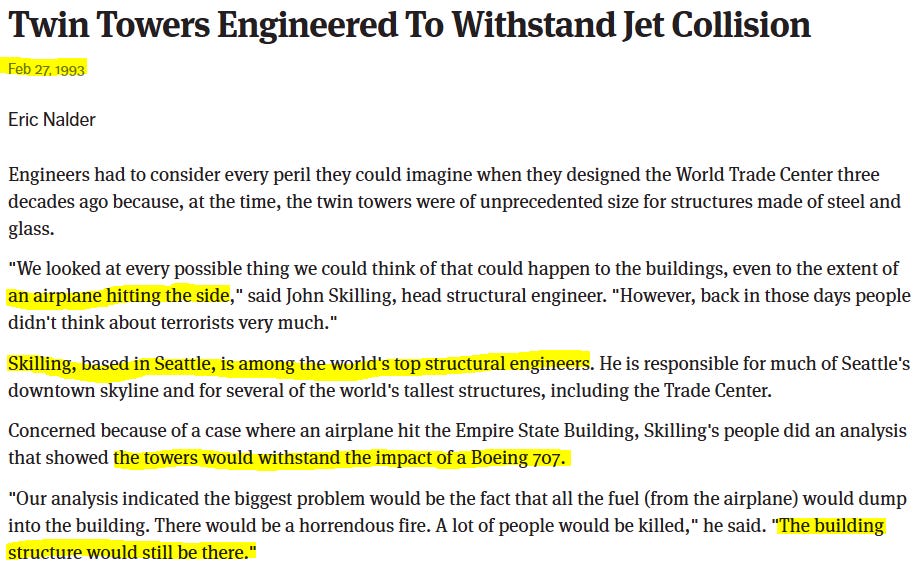
3. The Lack of Plane Items at Crash Sites
Photos and eyewitness accounts from the Pentagon and Pennsylvania crash sites show little to no recognizable airplane debris.
Black Boxes (Flight Data Recorder and Cockpit Voice Recorder): These devices are engineered to endure severe conditions, including high-impact forces and intense heat. Encased in hardened materials and insulated to protect internal electronics, they are designed to preserve critical flight information for post-accident analysis. They're built to withstand fires of 2,000 degrees Fahrenheit and an impact of 3,400 times the force of Earth's gravity,
Engines and Engine Components: Aircraft engines are built with robust materials capable of withstanding significant stress and heat during regular operation. In crashes, while engines may sustain damage, their core structures often remain identifiable. For instance, in the investigation of United Airlines Flight 328, despite an engine failure, key components like the fan hub and blades were recovered and analyzed.
Landing Gear: Constructed from high-strength materials to support the aircraft's weight during takeoff and landing, landing gear assemblies are resilient and frequently survive crashes, even if deformed.
Structural Components: Parts of the airframe, such as wing spars, fuselage sections, and tail assemblies, may remain intact or partially recognizable, depending on the crash dynamics. For example, in the crash of Alaska Airlines Flight 261, about 85% of the fuselage, including the tail section, was recovered for examination.
None of these were recovered. First responders and journalists reported scenes inconsistent with what would be expected from large-scale crashes.
Where did the planes go?
4. The Collapse of WTC Building 7
Perhaps the most controversial aspect of 9/11 is the collapse of World Trade Center Building 7. This 47-story skyscraper fell in the afternoon, hours after the Twin Towers collapsed, despite not being struck by an airplane. The building’s free-fall collapse closely resembled a controlled demolition, leading many engineers and architects to call the government’s explanation—office fires—implausible.
Does an office fire create a collapse like this?
5. The Pennsylvania Crash Site
The crash site of United Flight 93 in Pennsylvania also raises questions. There was nothing. Absolutely nothing.
When has that ever happened with a plane crash? No plane. No wreckage. Not even passengers.
Yet, somehow, passports belonging to the hijackers were found, once again, in surprisingly usable condition.
Where did the plane go?
6. Thermite Detection and Molten Metal
During the cleanup of the World Trade Center site, workers reported pools of molten metal under the rubble weeks after the collapse. Independent scientists later detected thermite residue in dust samples from Ground Zero. Thermite, a chemical compound used in controlled demolitions, can cut through steel beams.
Also interesting, molten steel or iron was not mentioned in The 9/11 Commission Report.
How do a plane crash create molten metal that lasts for days? And why was there thermite?

7. Cover-Up of Explosions Heard in the Buildings
Many survivors, including firefighters, reported hearing explosions inside the Twin Towers before and during their collapse. Video footage shows windows and walls bursting outward in patterns that are consistent with explosive detonations. Despite this, such testimonies were largely omitted from the official 9/11 Commission Report.
Were there explosives? Why? Who would put them there?
8. Predictions of the Event
Before 9/11, figures like Bill Cooper and Alex Jones publicly predicted a large-scale terrorist attack involving airplanes. Cooper warned that the U.S. government might use such an event to justify war in the Middle East. These predictions, while dismissed at the time, now appear eerily prescient and suggest that some had foreknowledge of the attacks.
Full 26-minute clip can be seen here on Archive.com.
9. The Choice of Osama Bin Laden as the Patsy
Osama Bin Laden was quickly identified as the mastermind behind 9/11. How quickly? By 9:30pm, the day of the attack.
yet initial reports lacked direct evidence linking him to the attacks. Bin Laden denied involvement in the immediate aftermath.
Skeptics point to his past connections with U.S. intelligence agencies during the Afghan-Soviet war as a possible reason for his selection as the scapegoat.

In today’s era of information control and political polarization, events like 9/11 remind us of the importance of questioning authority and investigating inconvenient truths. With new technologies enabling greater access to data, the pursuit of transparency remains a vital part of democracy. But you have to look beyond the headlines to find the truth.
As current global events unfold - Syria, Elections, Russia, Ukraine, etc - the lessons of 9/11 continue to serve as a stark reminder to remain vigilant, skeptical, and informed.
SOURCES:
https://www.counterpunch.org/2006/11/28/the-thermodynamics-of-9-11/
https://govinfo.library.unt.edu/911/archive/hearing7/9-11Commission_Hearing_2004-01-26.htm
https://www.afar.com/magazine/how-black-boxes-changed-air-travel
https://www.sas.upenn.edu/sasalum/newsltr/summer2002/k911.html
https://web.archive.org/web/20140530120153/https://www.nytimes.com/2001/11/15/nyregion/a-nation-challenged-the-site-below-rubble-a-tour-of-a-still-burning-hell.html
https://archive.seattletimes.com/archive/19930227/1687698/twin-towers-engineered-to-withstand-jet-collision
https://web.archive.org/web/20060705161654/http://archives.cnn.com/2001/US/09/16/inv.binladen.denial/
https://www.theguardian.com/uk/2005/jul/08/july7.development


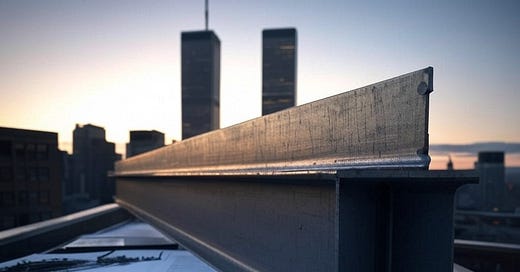




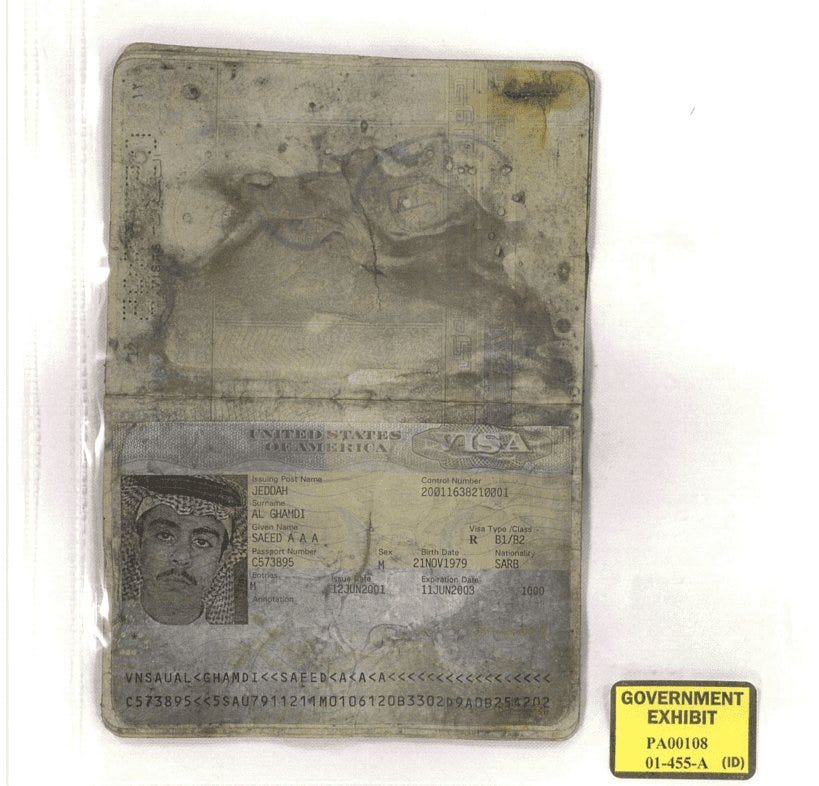


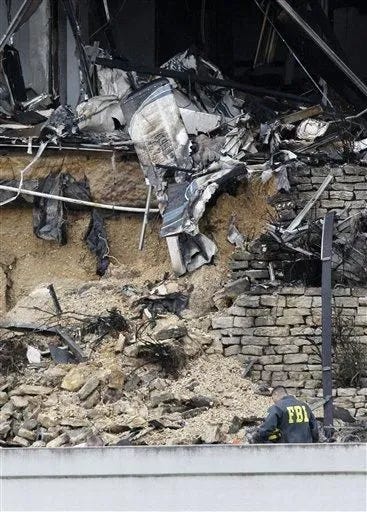
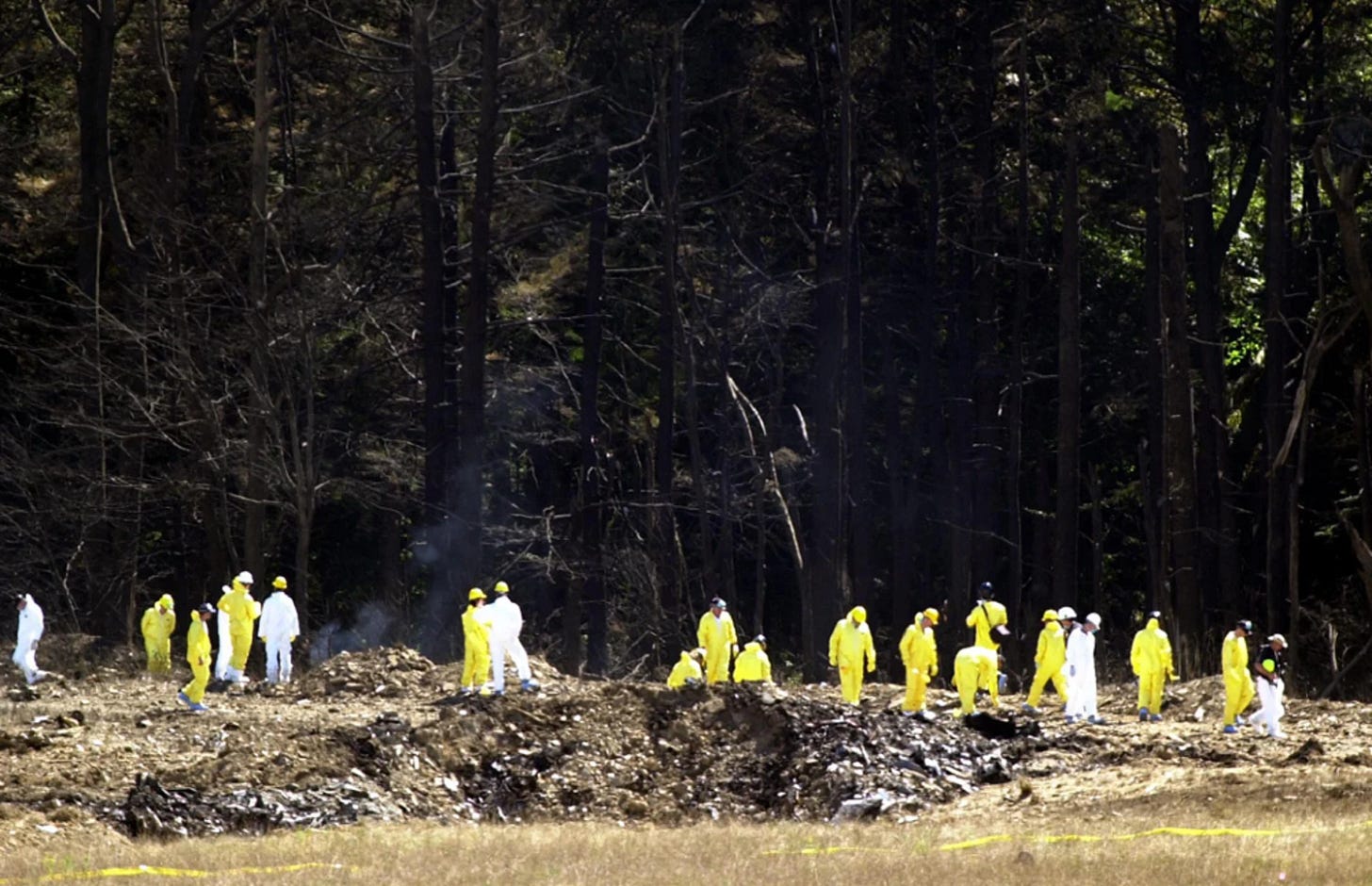



You don’t mention the 1400 torched vehicles, most of which were blocks away, and eyewitness reports of vehicles spontaneously exploding.
"One passport was recovered from Mohamed Atta's luggage that did not make it from a Portland flight to Boston on to the connecting flight which was American Airlines Flight 11. In his luggage was the passport of Abdulaziz al-Omari, along with papers that miraculously contained the identity of all 19 hijackers, including their plans, motives, and backgrounds"
How'd they get on the flights without their passports?
☺️